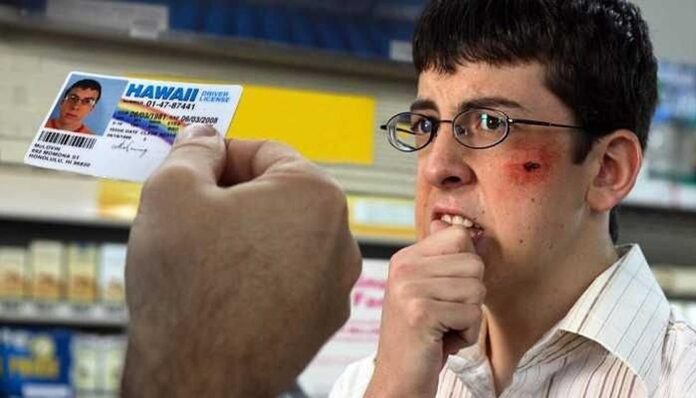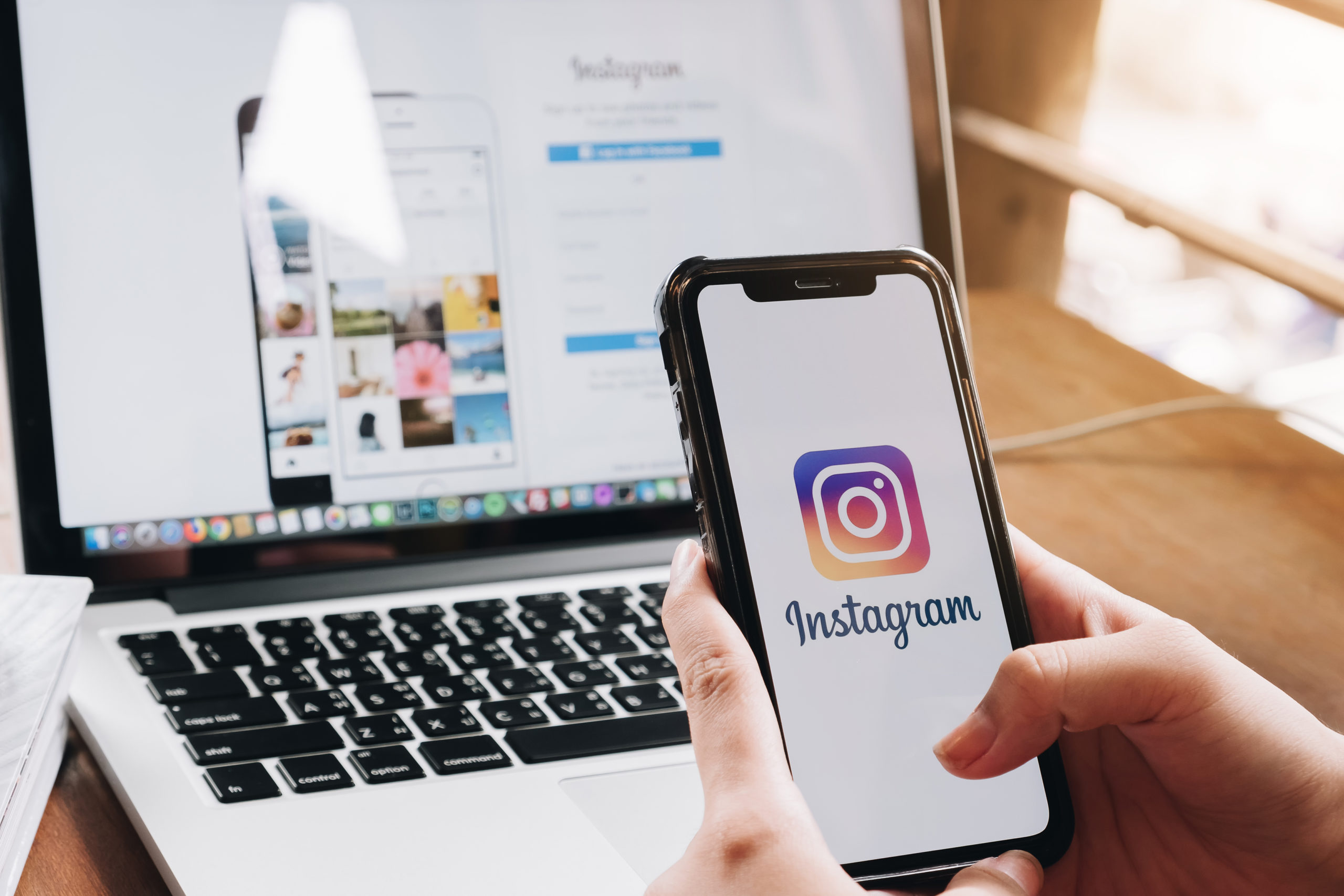In order to verify whether an ID is fake, you should check the details. Look for the cardstock, current address, and Laser embossing. If the ID does not have any of these characteristics, it is a fake. It is also important to check the details on the back of the ID.
Laser embossing
Laser embossing is a security feature used to differentiate a fake ID from a genuine one. Unlike barcode scans, which are only able to detect small details like fingerprints, laser embossing can produce a more detailed image on the front side of an ID. A laser-embossed ID is difficult to replicate because of its design on the front and the back.
Laser embossing is a common security feature on IDs, and is used by many states to distinguish fakes from genuine IDs. It works by raising a piece of plastic on the front side of the ID, while leaving the back side unaltered. In addition, laser-embossed IDs have laser-perforated holes that form pictures when the ID is held up to UV light.
Cardstock
The first step in verifying a fake ID is to feel its weight and feel the corners. If it feels uneven, it is probably a fake. You can also try to touch the front and back of the document. If it has rounded corners, it’s probably real. You can also look for known security features like holograms.
Another important thing to check is the material used for the fake ID. A fake card will have rough edges and little threads. This means it was probably hand-cut and not machine-cut. A real ID will have two or three layers and a glossy sheen.
Background
You can check whether the fake ID you’re about to use has the right background by comparing the photograph to the photo on a real ID. To do this, you’ll need a digital camera or a high-resolution cell phone. If possible, take the photo with the flash on.
You’ll also want to check for rounded edges. The edges of a fake ID should be smooth and round, and they shouldn’t peel off. The thickness of the ID should match its weight. Another feature to look for is whether the back is a priority design. If it doesn’t, it’s a fake.
Current address
Proof of address verification is a vital part of maintaining business security. Businesses verify that customers have a valid address before allowing them to purchase products or services. The most common proof of address document is a utility bill. Some businesses also check for a government-issued ID. Regardless of the type of business, verifying the customer’s address is critical to maintaining business security.
Bank statement
In order to detect a fake ID on a bank statement, you need to look for major and minor inconsistencies. Look for any obvious mistakes, out-of-place text or irregular formatting on the document. If these are present, compare the document to one you are familiar with.
Fraudsters use various technologies to produce bank statements that look perfect. Manual verification methods cannot keep up with the standards set by these bad actors. So, identifying fake bank statements is a necessity today. Here are some common methods you can employ to do so. To be on the safe side, you should know that a bank statement with irregular numbers is likely to be a fake.




















